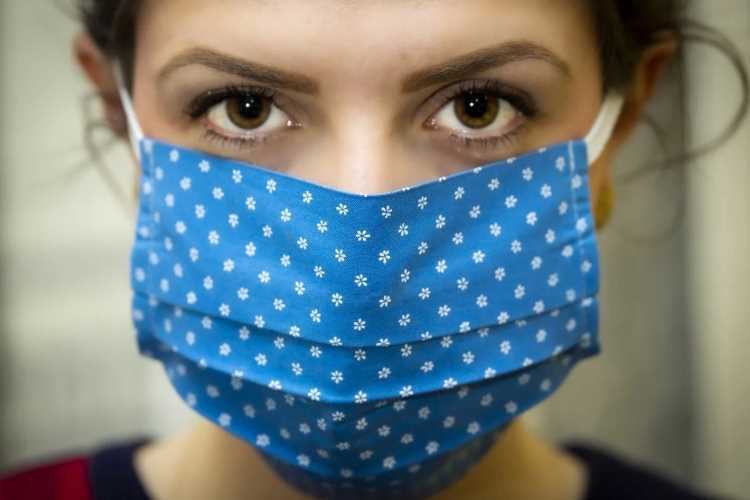It is well established that a mask can save you from Covid-19. Now a study led by Taylor Randall, dean of University of Utah’s business school says it can help the sagging economy by increasing consumer mobility in stores and restaurants, leading to an increase in consumer spending. The study by Marriner S. Eccles Institute for Economics and Qualitative Analysis at the University’s David Eccles School of Business conducted the survey in 3,142 counties in the US between April and September.
READ I Covid-19: Digital preparedness, strong local government key to economic recovery
READ I Boon or bane? Universal basic income is not a poverty eradication tool
Economic activity and health outcomes are closely connected, says the study. Data show people will increase their mobility and economic activity if they feel safe. It says wearing a mask and seeing others wearing it improved consumer confidence, mobility and spending. People were 51% more likely to enter a store if half the people in it are wearing masks. “Mask requirements can increase consumer confidence by making economic activity safer, the report quotes Nathan Seegert of the University of Utah. The research supports mask use till a vaccine is accessible to a large section of population.
READ I RCEP: India’s losses are strategic and geopolitical, not economic
The number of Covid-19 cases have come down after authorities made mask mandatory. Data from across the US has established this clearly. A consumer survey conducted in Utah found that people are 13% more likely to go to a store if coronavirus cases came down by 10%. It also says people are 13% less likely to visit a store if only half the people inside were wearing masks. Consumer spending rose in counties that made masks mandatory. Data show clear differences between consumer spending in counties with and without mask requirements.
The study also says mask requirements announced by states are more effective than those rolled out by county authorities. The study says consumer spending decreased in places with county-level mask requirements, compared with places under state-government requirements.

